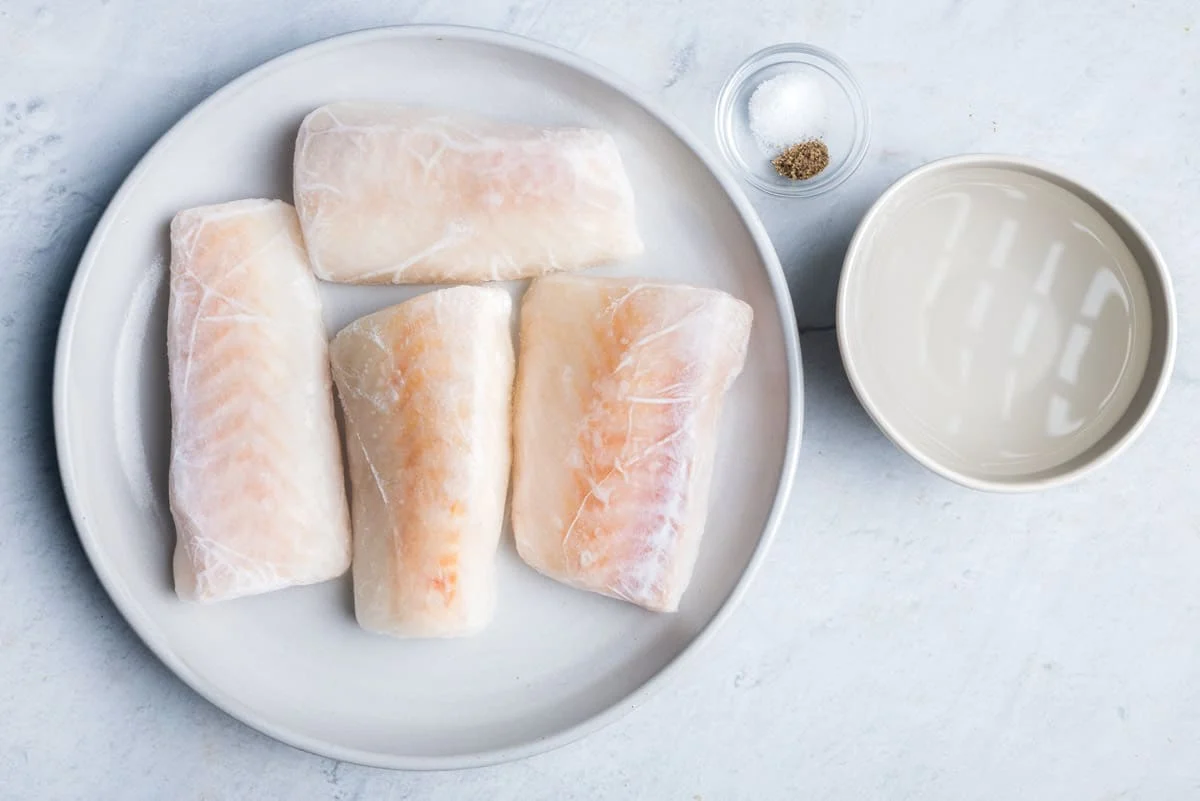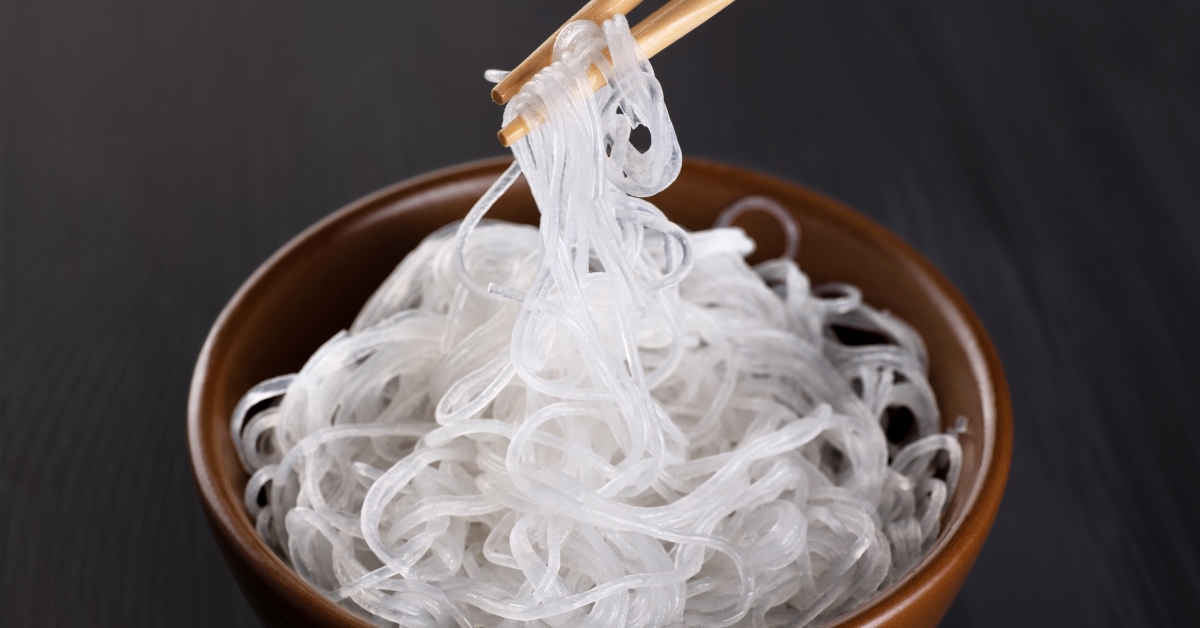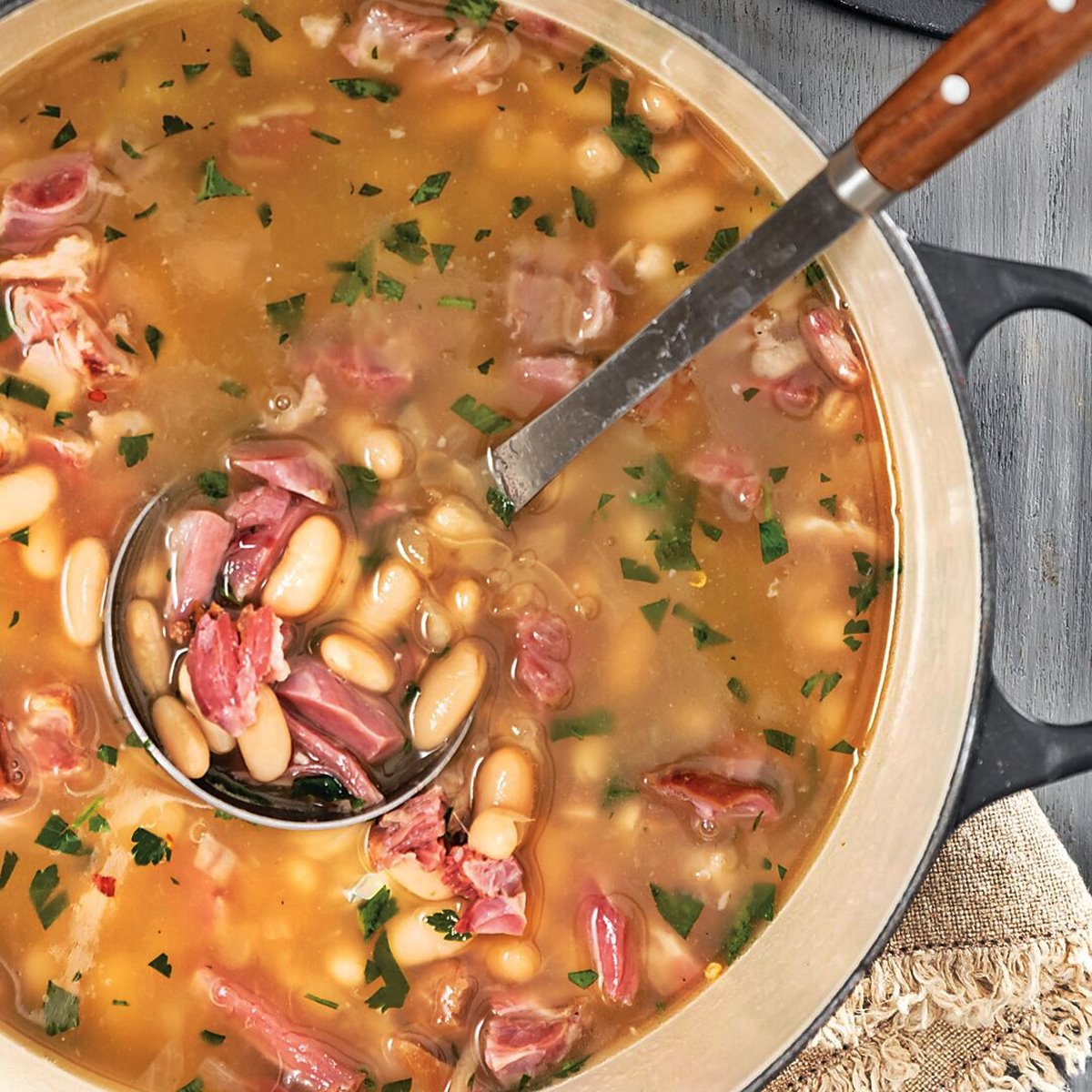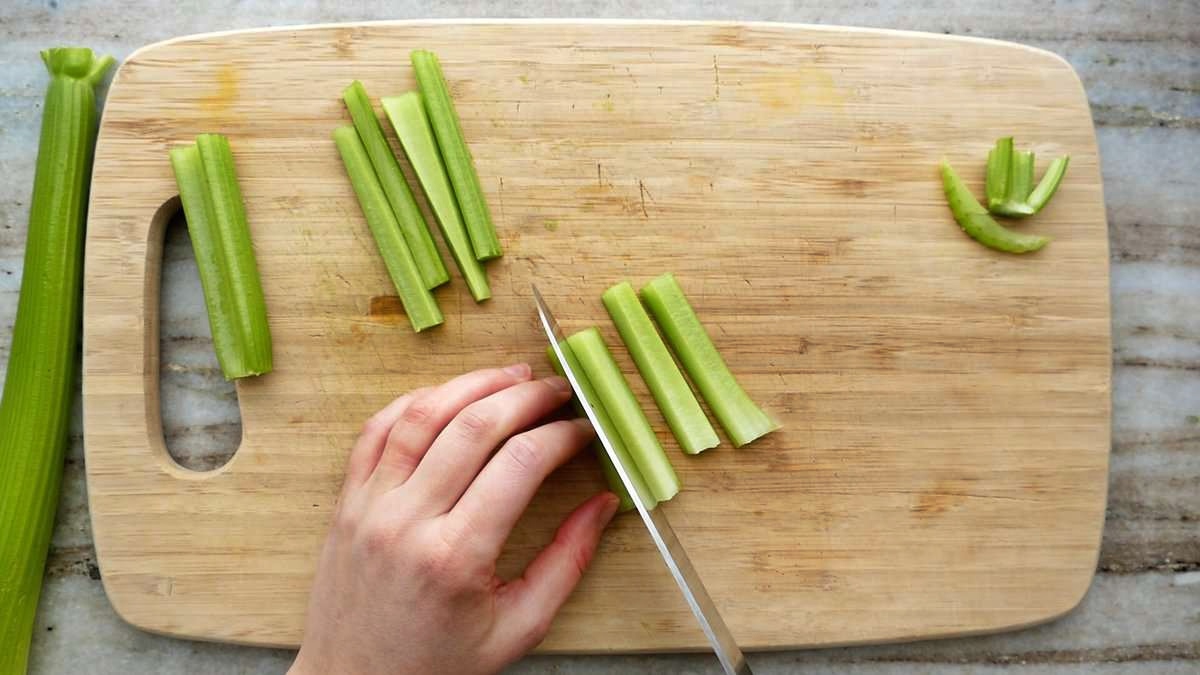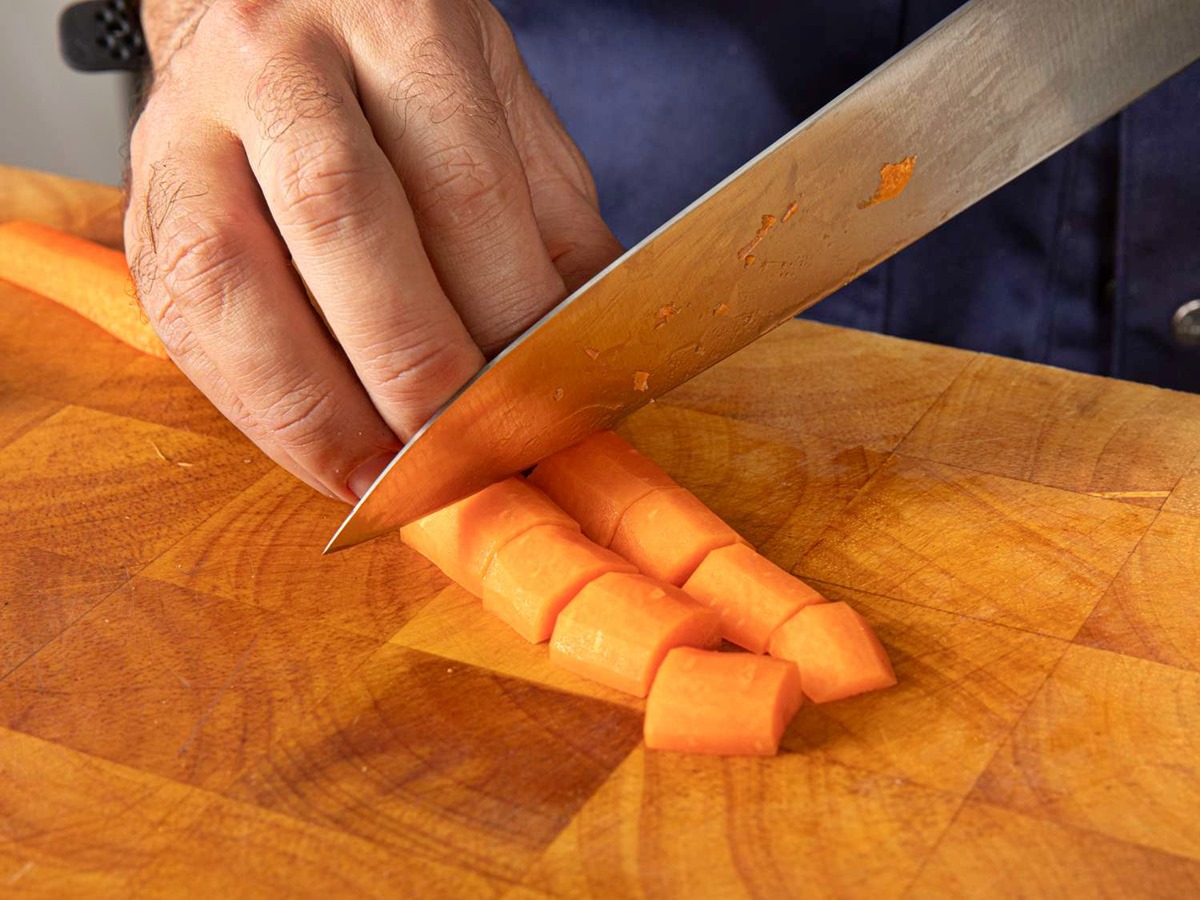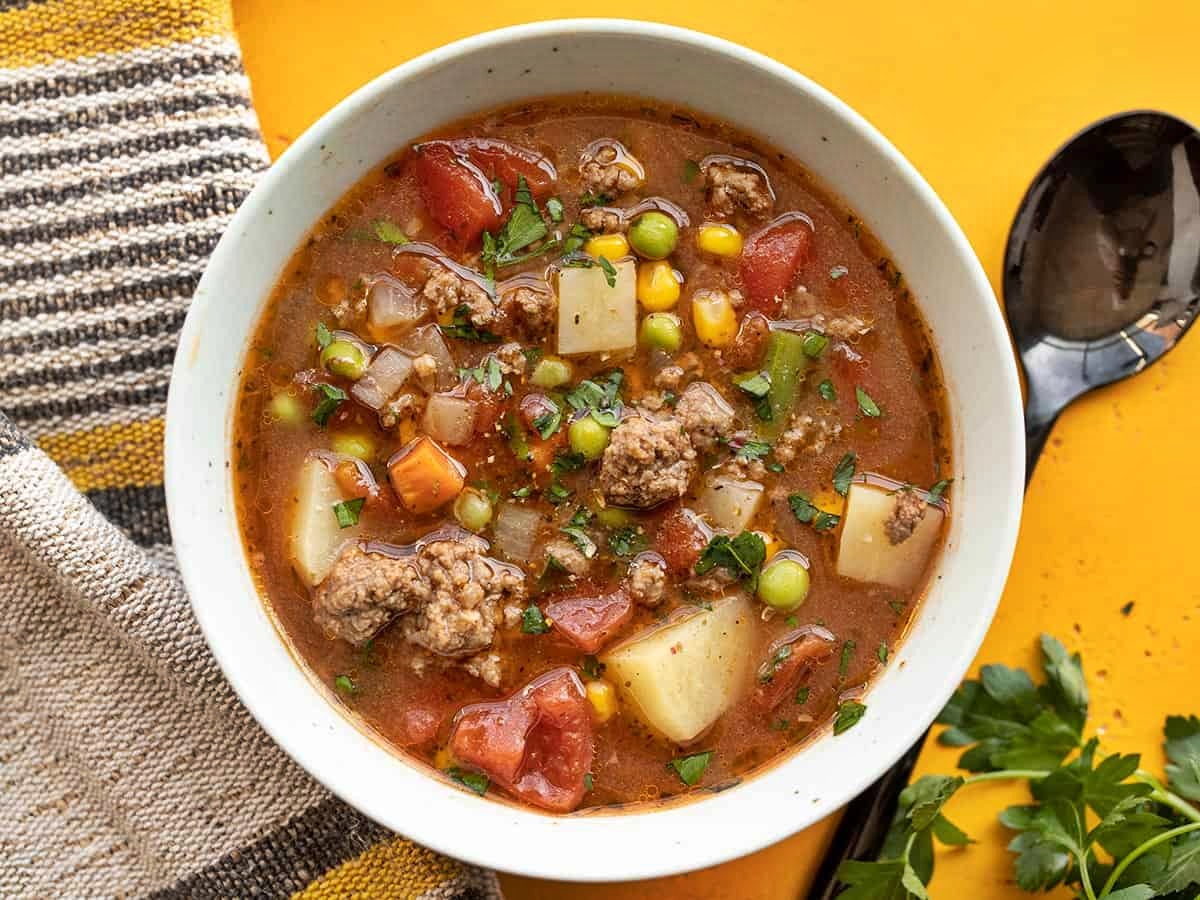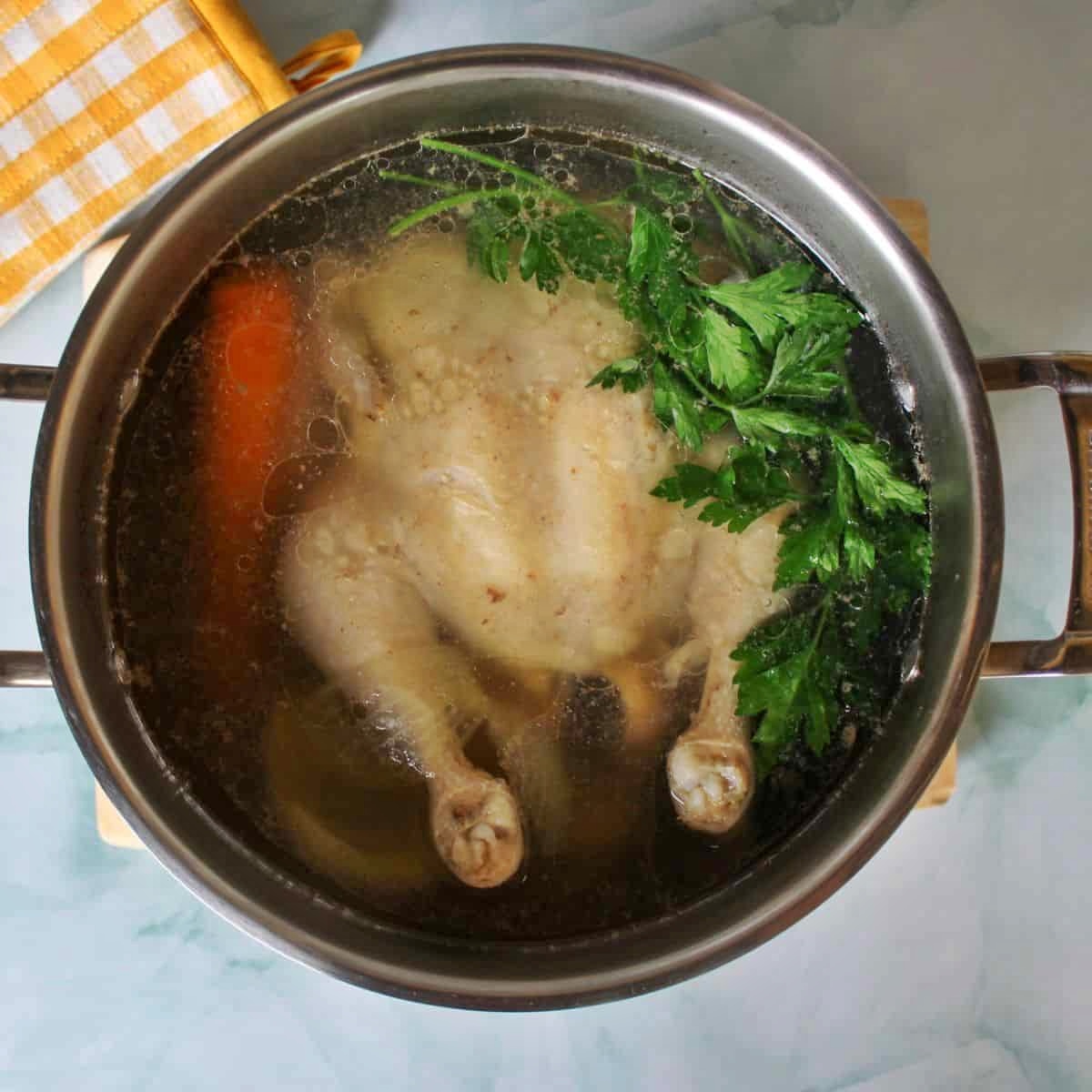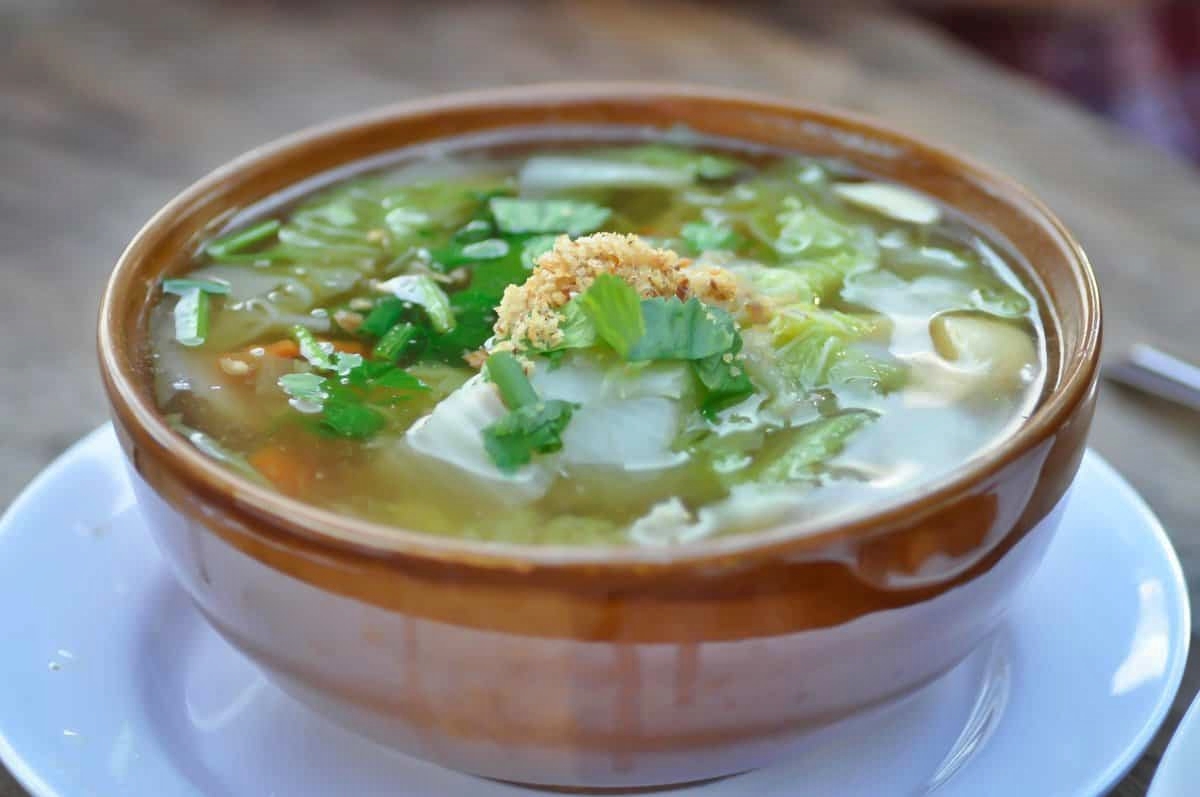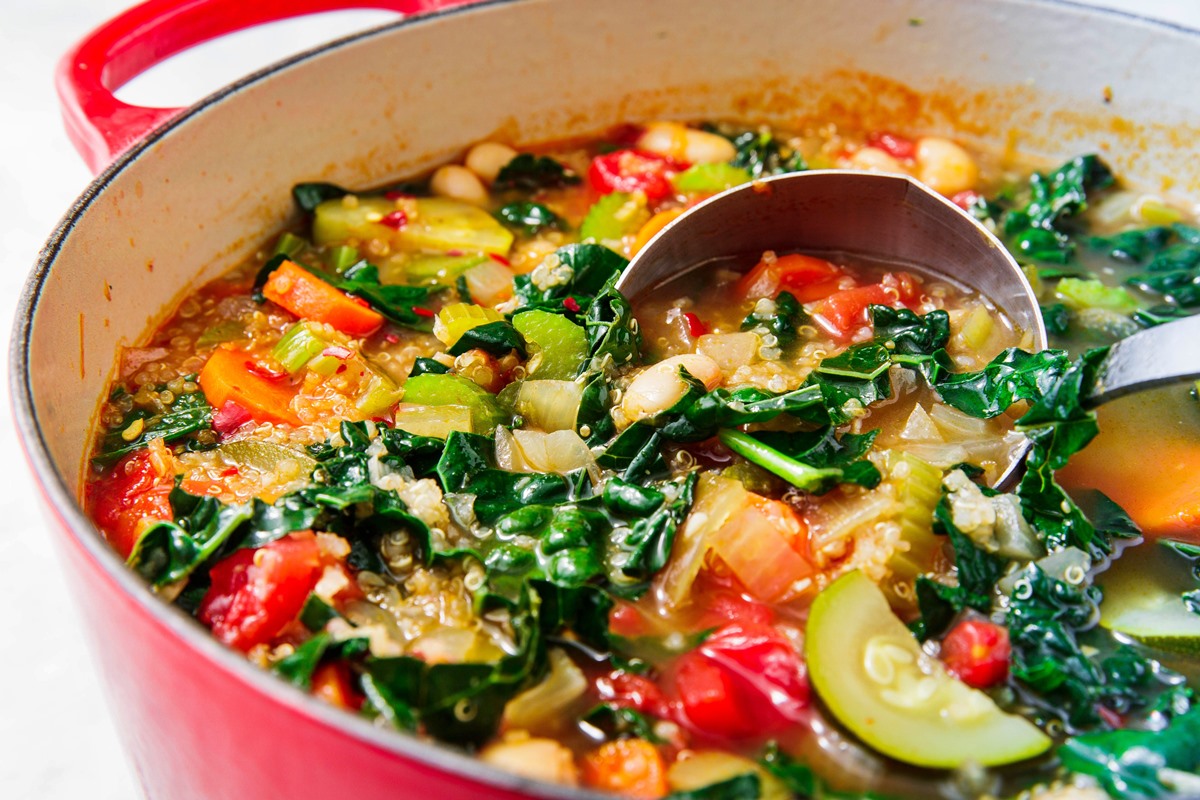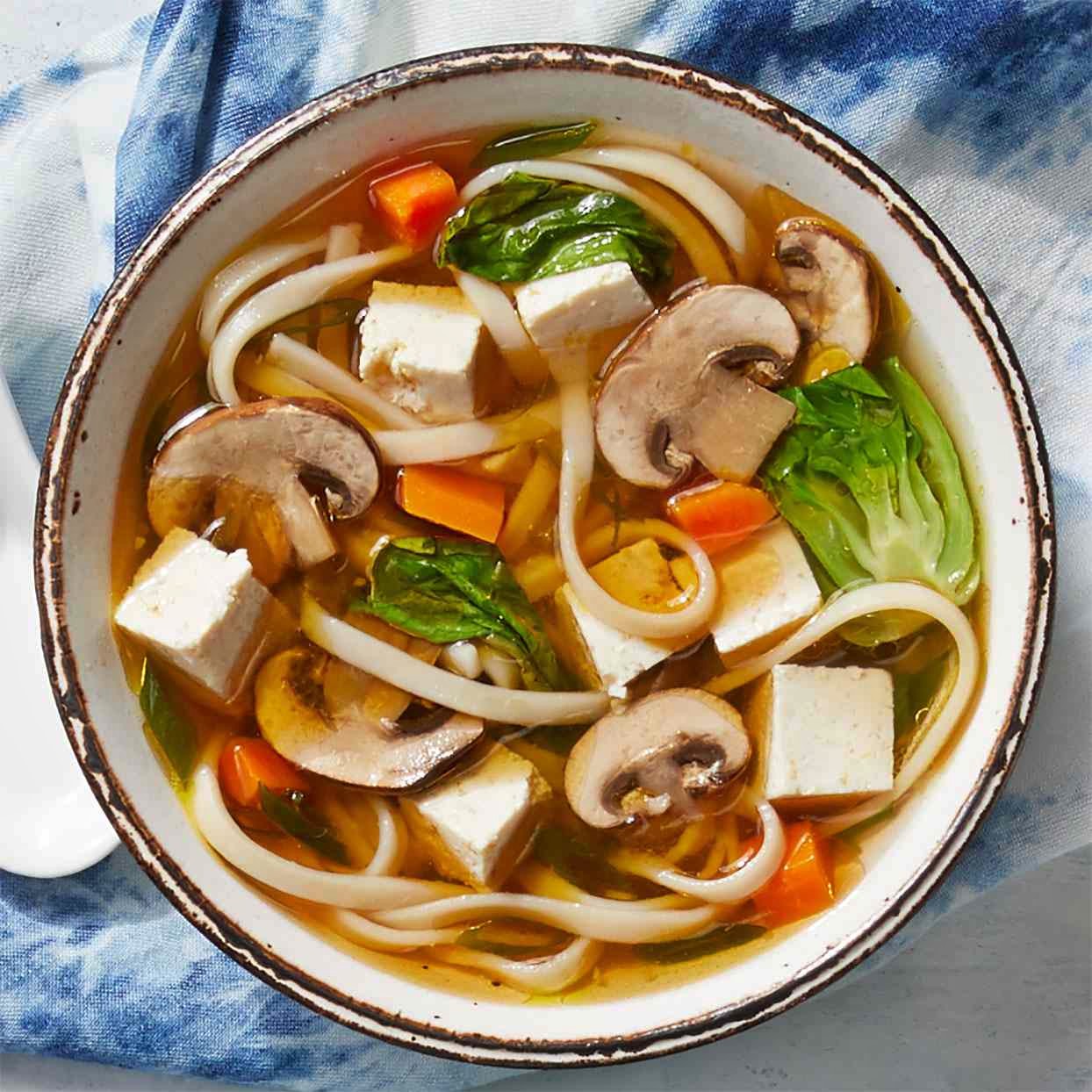How To Cook Beef Soup Bones: A Delicious and Nutritious Option
Beef soup bones are a wonderful ingredient that can turn an ordinary soup into a rich and flavorful dish. Not only do they add depth to the broth, but they also provide a host of nutrients and health benefits. In this article, we will guide you through the process of cooking beef soup bones to perfection.
Choosing the Right Beef Soup Bones
When it comes to selecting beef soup bones, it’s essential to choose the right cut. Look for bones with a good amount of meat attached, like shank bones or short ribs. These bones will infuse the broth with a robust and meaty flavor.
When purchasing beef soup bones, opt for organic and grass-fed options if possible. This ensures that you are getting the highest quality and most nutritious bones to cook with. Organic and grass-fed cows are typically raised without the use of hormones and antibiotics, making the bones a healthier choice for you and your family.
Preparing the Beef Soup Bones
Before you start cooking, it’s crucial to prepare the beef soup bones properly. Begin by preheating your oven to 400°F (200°C). Place the bones on a baking sheet lined with parchment paper. Season them with salt, pepper, and any additional spices or herbs you desire.
Bake the bones for approximately 30 minutes or until they turn golden brown. This step helps enhance the flavor by caramelizing the meat and enhancing the richness of the broth.
The Slow and Simmering Process
Once the beef soup bones are nicely browned, it’s time to transfer them to a large stockpot or a slow cooker. Add enough water to cover the bones, typically around 8-10 cups, depending on the quantity of bones.
For added flavor, you can toss in some onions, garlic, carrots, and celery. These aromatics will infuse the broth with a delightful taste and fragrance. Feel free to experiment with other herbs and spices, such as bay leaves, thyme, or rosemary, to customize the flavor profile to your liking.
Cover the pot and bring the liquid to a boil. Once it reaches a rolling boil, reduce the heat to low and let it simmer for several hours. The longer you simmer the bones, the more flavorful and nutritious your broth will become.
Skimming Off Impurities
During the simmering process, impurities may rise to the surface as foam or scum. Skimming these impurities off will help clarify the broth and ensure a clean and clear final result. Use a fine-mesh skimmer or a large spoon to gently remove the foam as it appears.
Straining and Storing the Broth
After simmering the beef soup bones to perfection, it’s time to strain the broth. Using a fine-mesh strainer or a cheesecloth, carefully strain the liquid into a separate container. This step ensures that any remaining bones or debris are removed, leaving you with a smooth and velvety broth.
If you have more broth than you need right away, you can refrigerate or freeze it for later use. It will keep well in the refrigerator for up to 4-5 days and in the freezer for several months.
Ways to Enjoy Beef Soup Bone Broth
Now that you have a delicious and flavorful beef soup bone broth, there are numerous ways to enjoy it:
- As a comforting bowl of soup on its own, loaded with vegetables and your choice of protein.
- As a base for other soups, stews, or chili recipes to add richness and depth of flavor.
- As a warm and soothing drink on a chilly day, seasoned with a dash of salt and pepper.
- As a replacement for water or stock in your favorite recipes for an extra boost of flavor.
Now that you know how to cook beef soup bones, you can unlock a whole new world of flavorful and nutritious dishes. Experiment with different herbs, spices, and vegetables to create your signature bone broth recipes. Enjoy the deliciousness and the health benefits it brings to your table!
Was this page helpful?
Read Next: How To Cook Bitter Leaf Soup
